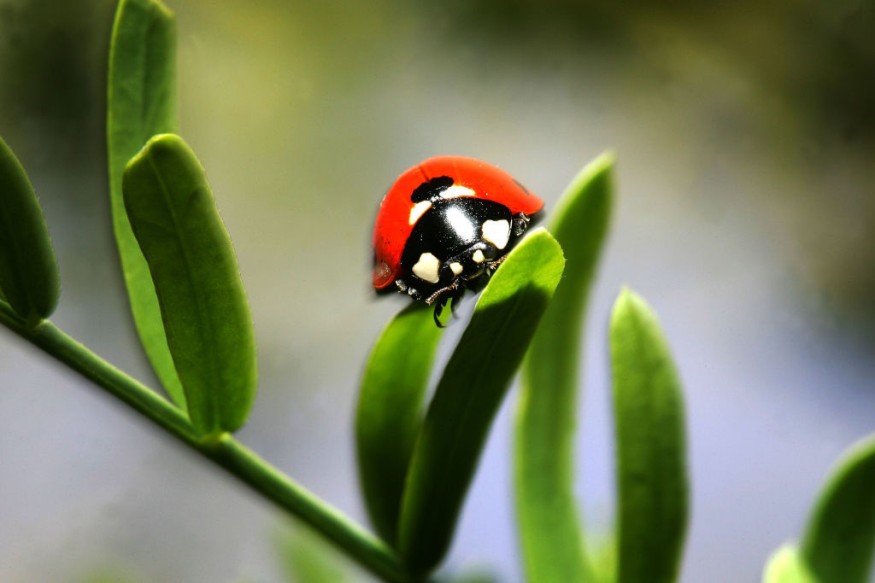To produce a "haptic teleoperation robot system," developers constructed "micro fingers" that use artificial muscle actuators and tactile sensors. Researchers tested these devices on the pillbugs.
Evidently, the outcomes were quite effective but based on the image, Ritsumeikan University undoubtedly came up with a clever idea to eventually accomplish a charming objective.
That's right. Now we can tickle insects. Recent developments in micro-robotics from Japan's Ritsumeikan University enable previously unheard-of physical interactions with tiny objects.

Researchers Make Microfingers That Tickle Pill Bug
In a paper recently published in Scientific Reports, Japanese roboticists from Ritsumeikan University showed off a haptic teleoperation system connecting a human hand on one end with micro fingers on the other, allowing the user to experience what it's like to stroke a pill bug's stomach.
IEEE Spectrum noted that these tiny micro fingers are just 3 millimeters broad, 12 millimeters long, and 490 microns thick. A pneumatic balloon actuator, which is only a hollow conduit that can be inflated with air, is located inside each micro finger. The channel is located on the top of the micro finger, so when it is inflated, it bulges upward and causes the micro finger to bend downward.
The micro finger returns to its initial position when pressure is relaxed. Liquid metal is contained in distinct channels within the micro finger, and when the micro finger bends, the channels elongate, and thin out the metal. You can determine how far the finger is bent by measuring the metal's resistance.
A human-sized haptic system may be utilized as a force feedback interface because of this combination of actuation and force sensing: As you move your fingers, the micro fingers will move, and forces can be relayed back to you, letting you experience what the micro fingers feel.
Researchers to Improve Device
Although the gadget is only a proof-of-concept, researchers are optimistic that the development may open the door to safer and more precise interactions with the microworld around us. The report's authors also mentioned the possibility of integrating their technology with augmented reality systems. This indicates that people can observe the bugs' laughter as they are tickled.
Because there is still so much of the globe that humans haven't been able to touch, even if this study is merely a proof of concept, Popular Science is enthusiastic about its possibilities. Additionally, the creation of insect-scale robotics has a wider practical application than merely tickling insects. For a very long time, insects have had insect-scale sensing, mobility, and other abilities down pretty well, so if we want to build robots that can mimic insects, we're going to learn as much as we can directly from insects.
Check out more news and information on Nanotechnology in Science Times.
© 2025 ScienceTimes.com All rights reserved. Do not reproduce without permission. The window to the world of Science Times.











